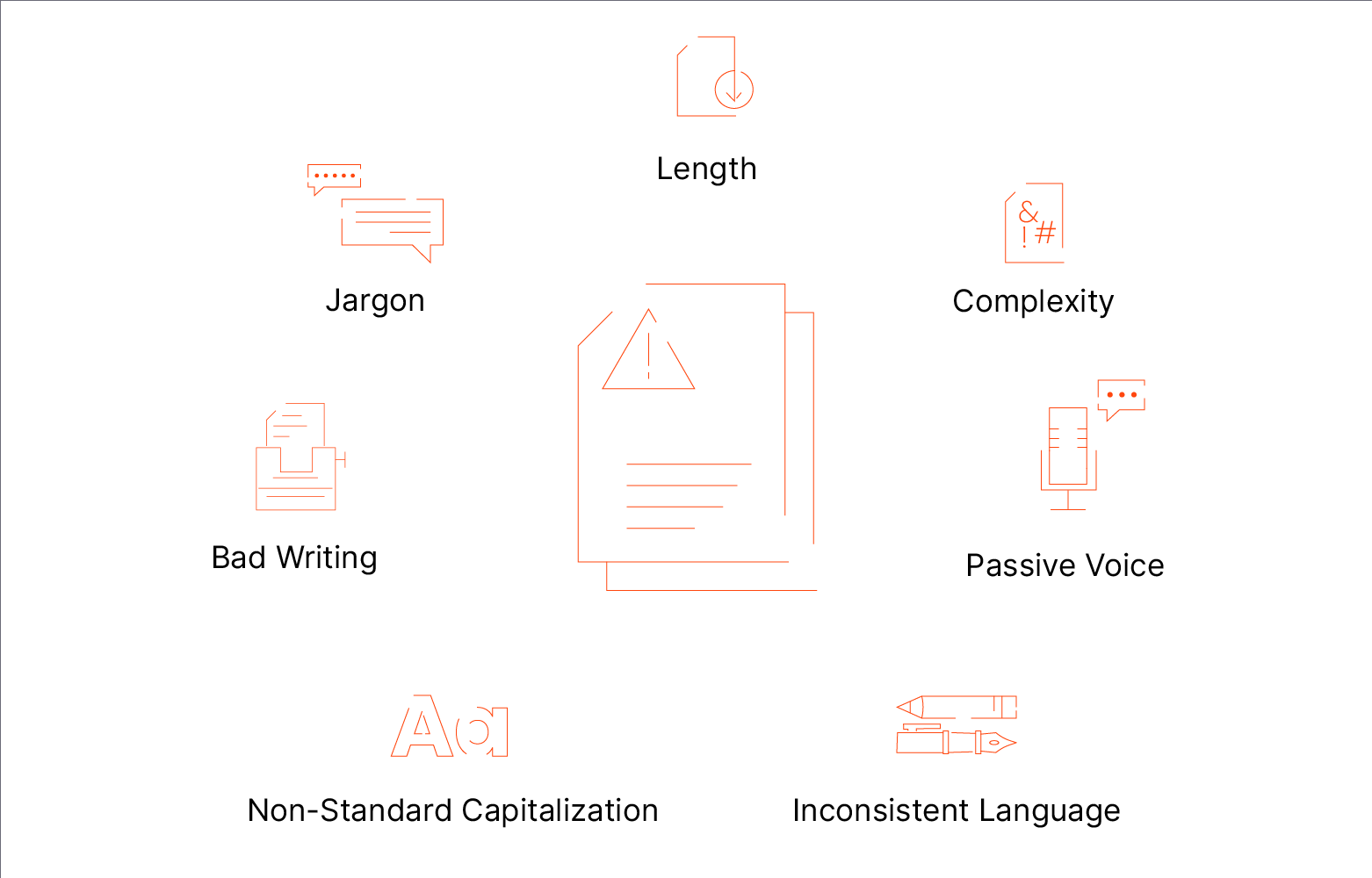Natural language processing has become integral to contract management and many other legal and business processes in recent years. NLP is a field of computer science meant to enable machines to understand and create human language. While the technology has a long way to go before it mimics individuals perfectly, commercial and retail applications of NLP are proliferating. Straits Research predicted the NLP market size will reach $91 billion by 2030, up from $13.5 billion in 2021.
What is natural language processing?
NLP is a field of artificial intelligence that understands, interprets, and generates human language in text or voice. Applications of this technology include machine translation, automatic summarization, information extraction, and text and voice processing; and popular examples include spell checkers, Google’s predictive suggestions, Siri, Alexa, and chatbots. A more recent and noteworthy example is OpenAI’s ChatGPT, which relies on numerous NLP techniques.
How natural language processing relates to generative AI
With the popularity of ChatGPT, private markets’ professionals might wonder how NLP relates to generative AI models. While AI is a broad field focused on the creation of machines capable of performing complex tasks that usually require human input, NLP is a field focused on enabling machines to understand and interact with people through human language.
ChaptGPT relies on numerous technologies, including several NLP techniques to analyze language, understand user intent, and generate responsive text.
The evolution of NLP in contract management
NLP initially improved the categorization of documents and search features in contract lifecycle management solutions. Faster and more accurate searches are significant, particularly when lawyers can quickly surface precedent during negotiations. However, robust search is only the beginning of what NLP and other machine learning models can do within CLM processes.
A more advanced use of NLP for contracts is reading and understanding clauses and subclauses in documents. By understanding the intent of the contract language, a contract AI platform powered by NLP can flag various issues, such as ambiguous language, time-sensitive provisions, or off-market provisions.
Another example of NLP is contract creation. NLP allows software to create drafts of contracts by pulling information from another source, such as a chatbot, spreadsheet, or form. For formulaic and low-risk contracts, the solution might complete an enforceable agreement.
This contract drafting use case has limited value for veteran lawyers handling complex and nuanced agreements, though. Legal language is notoriously difficult for AI to understand, which is why contract AI platforms can’t automatically draft and negotiate contracts. NLP has a long way to go before it can generate accurate and relevant language for lawyers.
Why contracts are hard to read

Many use cases of NLP for contract management remain narrow or shallow because of traditional contract language. It isn’t easy for people, let alone a machine learning or AI model, to understand the meaning of text in a document.
Researchers have finally looked into why it’s hard for people — not just machines — to understand contract language. Cognitive scientists from MIT analyzed thousands of contracts and found several issues that caused readers trouble: jargon, passive voice, non-standard capitalization, and bad writing.
However, the real culprit that makes contracts hard to understand is center-embedded clauses, which means there’s a clause, often a definition, placed in the middle of the sentence. The researchers found this made it harder for a reader to understand the provision’s meaning and retain that information.
Another issue these researchers didn’t discuss, but many private markets professionals recognize, is the increasing length and complexity of contracts. Even routine contracts, such as NDAs, have grown in length over the years.
An additional challenge arises when numerous individuals handle high-volume routine contracts for a fund or private equity firm. The result is differing contract language, particularly for firms lacking predetermined standardized language or contract playbooks.
The benefits of NLP for contract management systems
Current applications of NLP within the contract lifecycle are helpful, particularly regarding high-volume routine contracts. Lawyers and business people spend far too much time wrangling manual contracting processes. Meanwhile, NLP techniques can automate or support various aspects of routine contracting. The benefits include improved efficiency, faster turnaround times, and more consistent language.
An added benefit is higher employee productivity and morale. High-volume routine contracts consistently pull lawyers and business associates away from their core work. When contract automation handles more manual tasks, in-house legal and deal teams have more time and energy to focus on what matters most.
How Ontra Synapse is improving NLP within contracts
Ontra’s goal with Ontra Synapse, our proprietary AI powered by Open AI’s GPT-4, is to go deeper than the current applications of NLP for contract management. We laid the foundation of that goal with our proprietary anatomy through which we defined and structured the previously unstructured information within an NDA. Instead of merely mapping provisions, Ontra Synapse gathers meaning from the contract language, moving beyond simple rule-based matching.
Most importantly, Ontra has built a human-in-the-loop system. Our legal network members’ decisions in the platform continually feed new information into our model. Our Legal Network has collectively executed over 800,000 private markets agreements — a number that grows every day — giving our model a vast amount of information to learn from.





